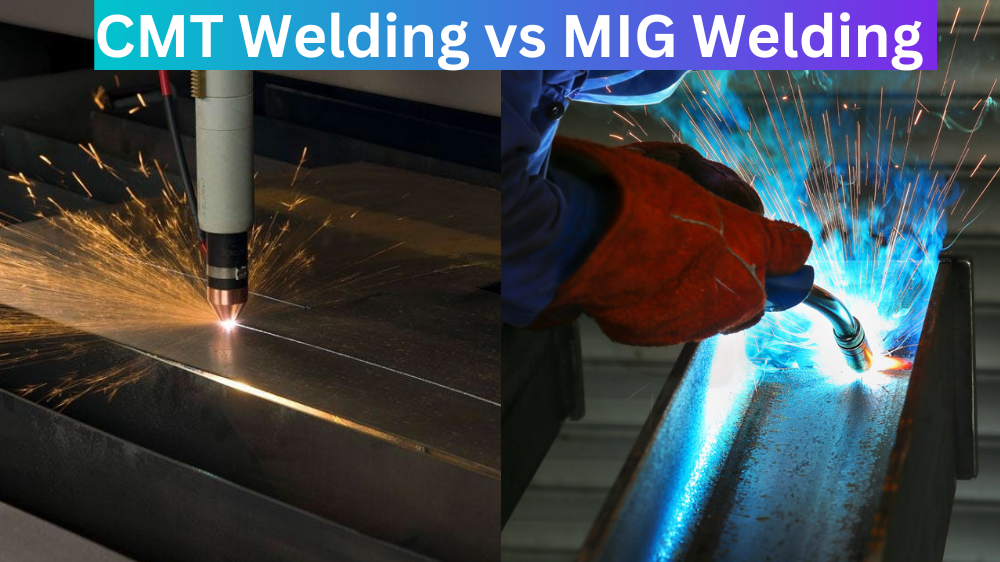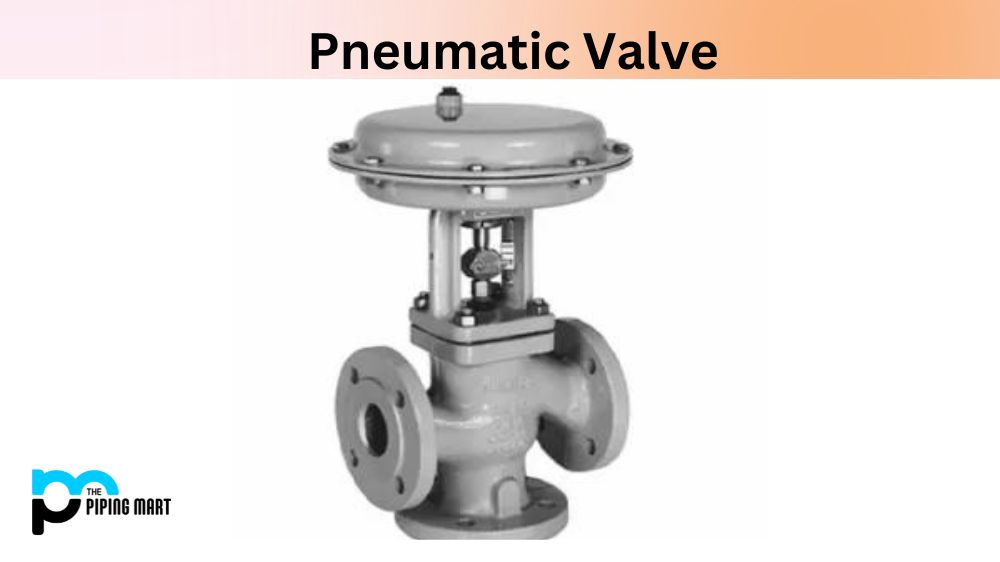Welding is essential in manufacturing, construction, and many other industries. It involves joining two or more pieces of metal or thermoplastics using heat and pressure. There are many welding types, and the method chosen depends on various factors. In this blog post, we will compare two commonly used welding techniques – argon and orbital welding.
What is Argon Welding?
Argon welding, also known as gas tungsten arc welding (GTAW), is a welding method that uses a non-consumable tungsten electrode to produce the weld. The weld area is protected by an inert gas, usually argon, to prevent oxidation. Argon welding is ideal for thin materials, creating a precise and controlled weld. It also has minimal spatter, making it a popular choice in the aerospace and automotive industries. However, argon welding could be faster and require more excellent skills to execute correctly.
What is Orbital Welding?
On the other hand, orbital welding is an automated method that uses a robot to weld piping or tubing. The robot moves the electrode around the joint in a circular motion, producing a consistent and high-quality weld. Orbital welding is ideal for projects that require a high degree of accuracy and repeatability. It is commonly used in the pharmaceutical, food processing, and semiconductor industries, where the weld must be free of defects and contamination. Orbital welding is also fast and efficient, reducing labour costs and minimizing downtime.
Difference Between Argon Welding vs Orbital Welding
Application
When comparing argon welding vs orbital welding, it is essential to consider the application and the materials involved. Argon welding is suitable for thin materials such as stainless steel and aluminium. It produces a high-quality finish and is perfect for intricate joints. While orbital welding is the better choice for larger piping applications and when consistency is critical. It can handle thicker materials and produces welds free of defects and contamination.
Cost
Another consideration is cost. Argon welding usually requires a skilled operator, which can increase labour costs. The equipment and consumables can also be expensive. On the other hand, orbital welding equipment tends to have a higher initial cost but can reduce overall labour costs due to its automation and efficiency.
Other Differences
- Argon welding is a type of welding that uses an argon gas shield to protect the weld area from contamination.
- Orbital welding is a type of welding that uses an orbital motion to weld two pieces of metal together.
- Argon welding is more expensive than orbital welding because it requires special equipment and training.
- Orbital welding is faster than argon welding because it does not require the welder to stop and start the arc.
- Argon welding is more precise than orbital welding because it allows the welder to control the weld pool more efficiently.
Conclusion
In conclusion, argon and orbital welding are excellent welding methods, each with benefits and drawbacks. The choice between the two ultimately depends on the application and the materials involved. Argon welding is ideal for thin materials and intricate joints, while orbital welding is better suited for larger piping applications and when consistency is paramount. Ultimately, the choice depends on the project requirements, budget, and availability of skilled operators.
Rachana is a dedicated and ambitious young woman who has made a name for herself in the metal industry. From her earliest days in the industry, Rachana showed a natural talent for problem-solving and a keen eye for detail. In her free time, She enjoys reading up on the latest advancements in the industry, as well as exploring new ways to innovate and improve upon existing processes.




